Congress Has Been Treating Our National Parks and Waters Funding Like a Piggy Bank for Decades
The 55-year-old Land and Water Conservation Fund needs to be kept safe from lawmakers who suddenly find themselves strapped for cash.
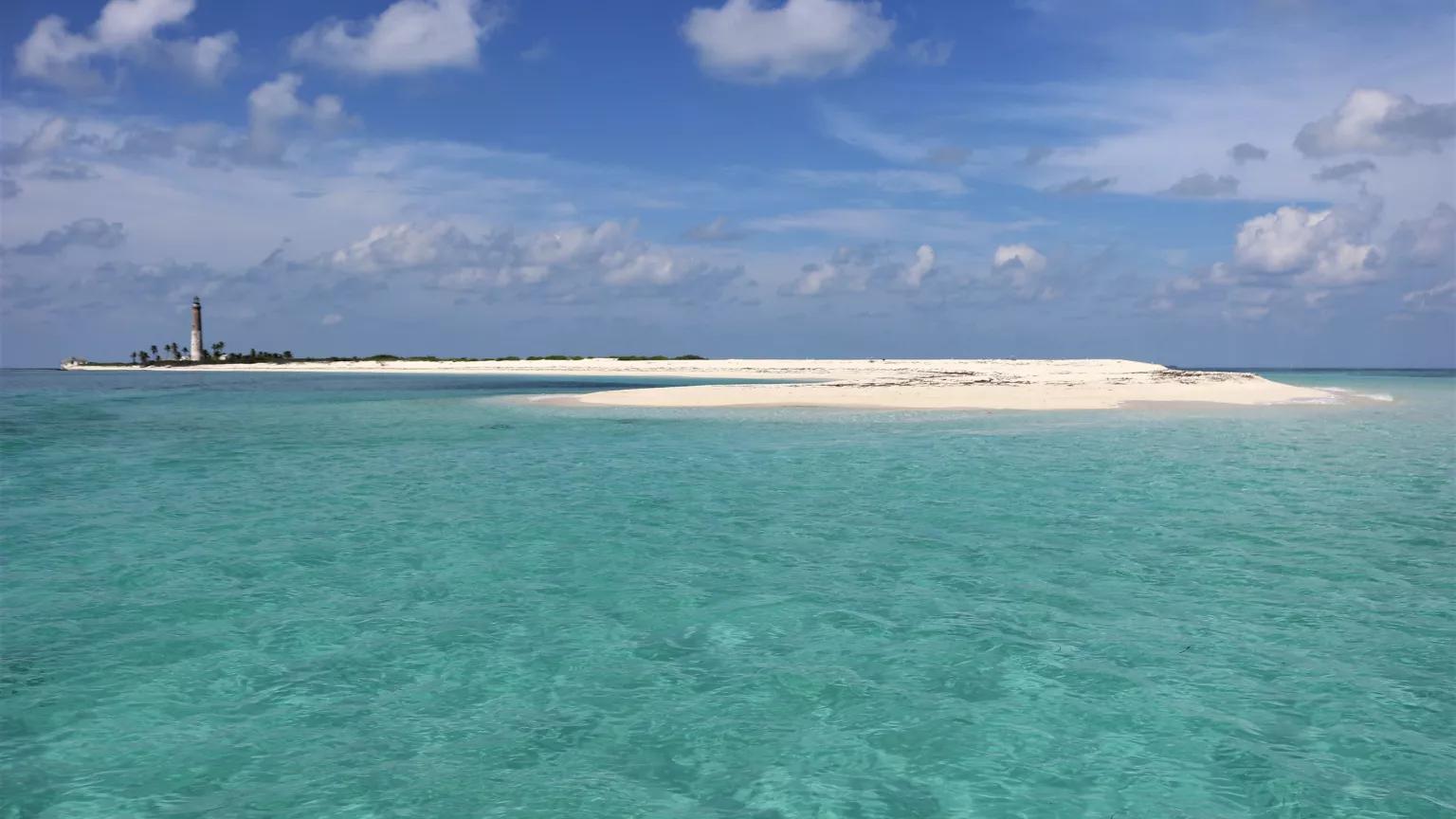
Dry Tortugas National Park, Florida
Tracy Ziegler/National Park Service
With the Fourth of July weekend quickly approaching, many lucky Americans may be planning to visit one or more of our country’s glorious beaches, national parks, forests, wildlife refuges, or monuments. But while they’re soaking in all that serene natural beauty, they should know that keeping nature natural-looking doesn’t come cheap. According to the Office of Management and Budget’s breakdown for the 2018 federal budget, spending under Subfunction 303, which covers the management and improvement of recreational public lands such as national parks and historic areas, came to about $4 billion last year.
But a 2016 study estimated that Americans derive approximately $92 billion of value per year from these same spaces, which suggests we’re spending way, way less on public lands than they’re actually worth to us. In the face of a discrepancy that large, we need to put every last dollar we can get toward the conservation of America’s “crown jewels.” And that money should be spent making sure that these lands retain their natural character while also remaining accessible to as many of us as possible. At a time when Americans seem more fragmented than ever along political lines, our public lands can still bind us and blend us in ways that are socially and culturally healthy.
One tool for doing so is the Land and Water Conservation Fund (LWCF). Established by Congress 54 years ago, the fund takes revenues from the royalties earned by offshore oil and gas operations and uses them to pay for the preservation and upkeep of public lands and waters in all 50 states. As one of the rare environmental expenditures that have enjoyed widespread and bipartisan support over the decades, the LWCF ought to be safe from politically motivated maneuvering or the greedy fingers of lawmakers who might see it as a piggy bank for the funding of other projects.
In fact, it isn’t. In 2018 the LWCF was allowed to expire for the second time in its history, a casualty of partisan and ideological warfare over federal land-use policy. Earlier this year, the fund was permanently reauthorized to ensure that it won’t expire again. But that doesn’t mean it’s out of the political woods. “Permanent reauthorization” doesn’t necessarily mean “adequate funding.” Because it lacks the protections that come with full, dedicated funding, money put into the LWCF has routinely been pilfered. Since its inception five decades ago, the program has only twice received the full $900 million it’s supposed to receive annually; in 2014 it got just over one-third of that amount. Since 1965, lawmakers have diverted more than $22 billion from the fund.
Last week the issue of LWCF funding was once again the subject of debate in the Senate. Support for fully funding the LWCF to the tune of its rightful $900 million a year is coming from conservation groups, sportsmen’s associations, and the editorial boards of rural newspapers, with many of the most passionate advocates hailing from western states. These groups are tired of seeing dollars that should support the preservation of their public recreational spaces go instead toward a variety of projects that may or may not have anything to do with land or water conservation.
Full and dedicated funding of the LWCF would certainly be wonderful for hunters, anglers, hikers, and other lovers of the outdoors. But it could also be enormously valuable to Americans for whom an opportunity to enjoy the country’s natural treasures is harder to come by. Access to these spaces—who gets it and who doesn’t—is an environmental justice issue. A study published earlier this year on 10 U.S. metropolitan areas found that access to public green spaces (e.g., parks and wooded areas) correspond with demographic factors such as race, class, income, and education. To put it simply, the more money and education one has, the more opportunity one has to connect regularly with nature, which has been proven to improve physical and mental well-being.
Dispersed judiciously, full and dedicated funding of the LWCF could go a long way toward redressing this imbalance. The money could significantly bolster efforts such as the Outdoor Recreation Legacy Partnership Program, an LWCF-funded grant program that helps to build outdoor recreation spaces in urban areas that lack them. And new programs along the same lines could even emerge, helping the LWCF better live up to its stated mission “to strengthen the health and vitality of the citizens of the United States.”
To paraphrase a famous (if perhaps apocryphal) adage by the late Illinois senator Everett Dirksen, “A few hundred million here, a few hundred million there—pretty soon you’re talking real money.” Nobody loves the fact that the Land and Water Conservation Fund’s coffers are filled with money that comes from oil and gas royalties. But as long as that’s the way it works, then we need to make sure that this fund gets every last dollar to which it’s entitled—and that every last dollar goes where it’s supposed to go.
This article was originally published on onEarth, which is no longer in publication. onEarth was founded in 1979 as the Amicus Journal, an independent magazine of thought and opinion on the environment. All opinions expressed are those of the authors and do not necessarily reflect the policies or positions of NRDC. This article is available for online republication by news media outlets or nonprofits under these conditions: The writer(s) must be credited with a byline; you must note prominently that the article was originally published by NRDC.org and link to the original; the article cannot be edited (beyond simple things such grammar); you can’t resell the article in any form or grant republishing rights to other outlets; you can’t republish our material wholesale or automatically—you need to select articles individually; you can’t republish the photos or graphics on our site without specific permission; you should drop us a note to let us know when you’ve used one of our articles.
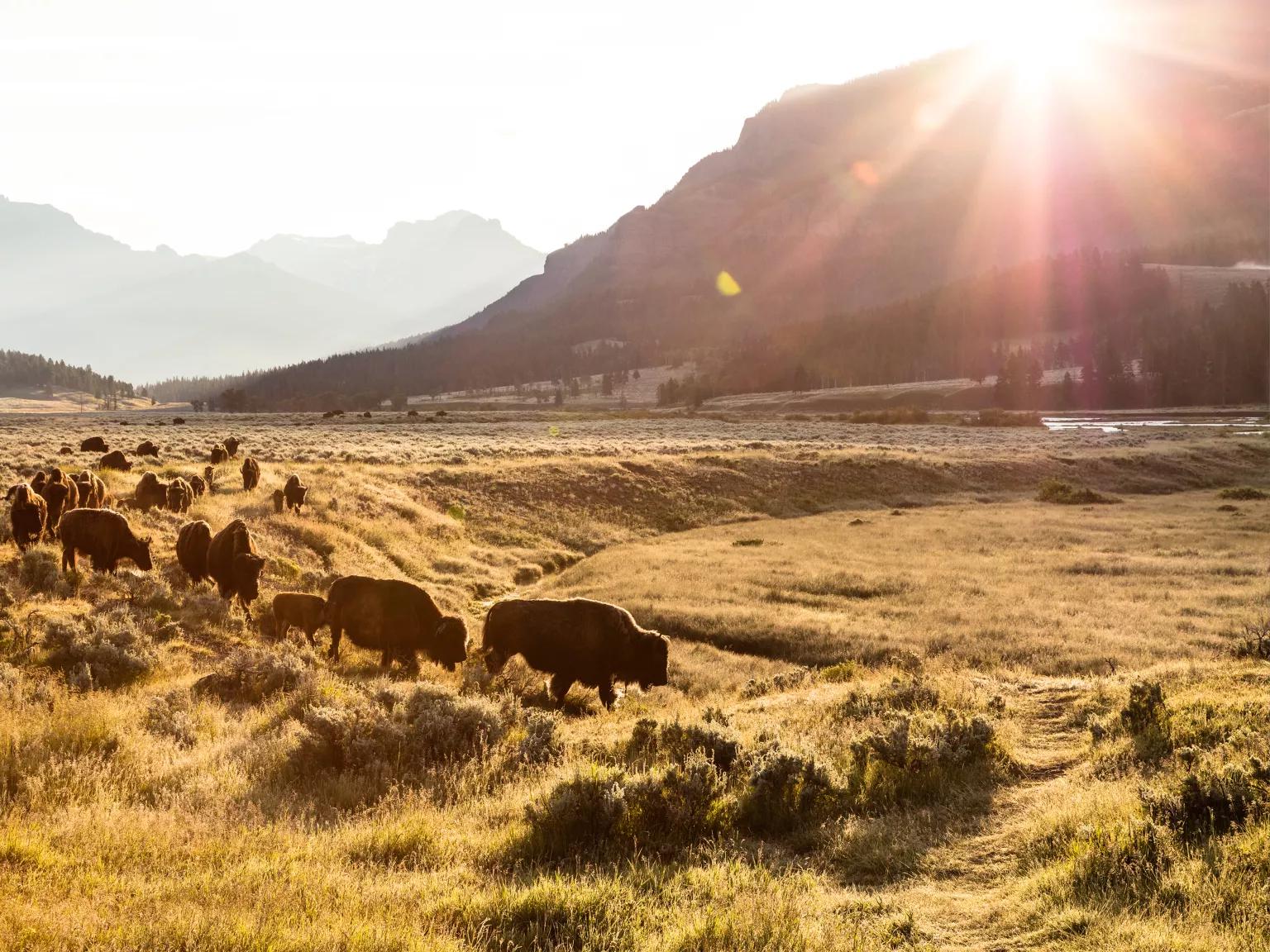

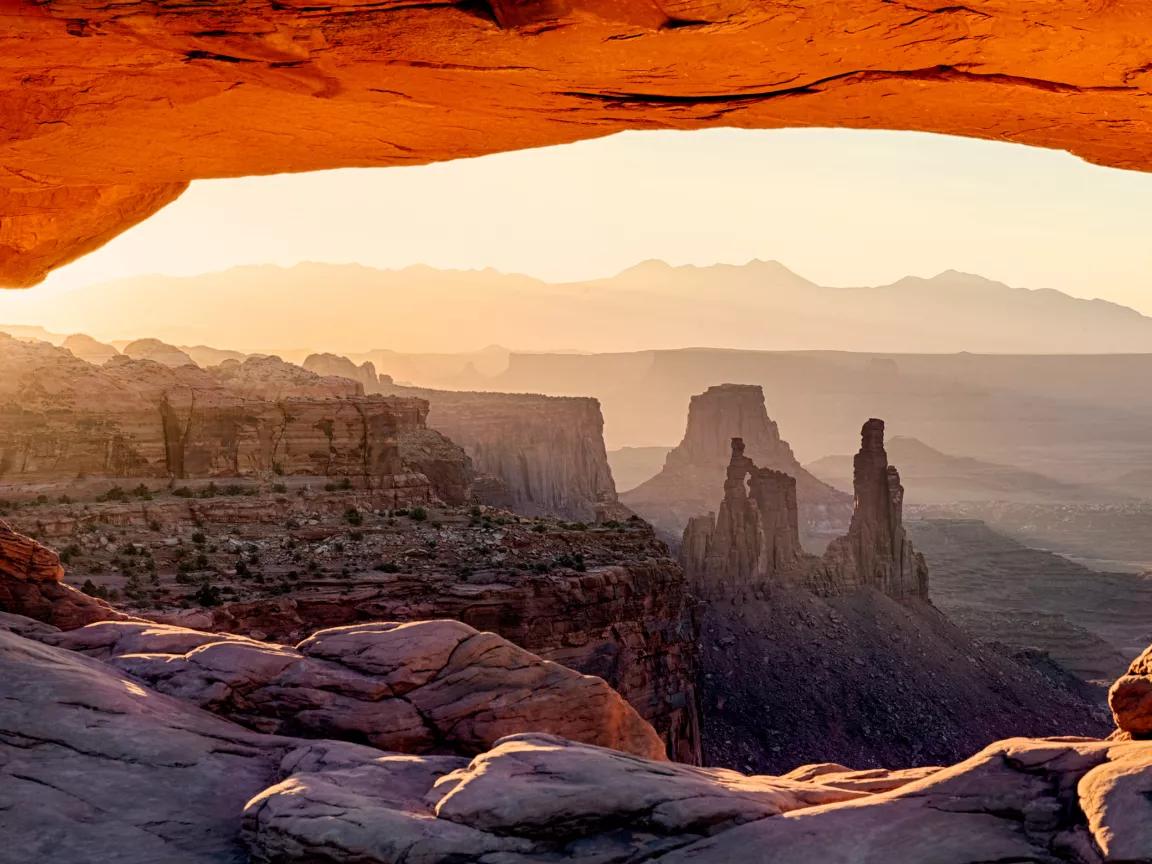
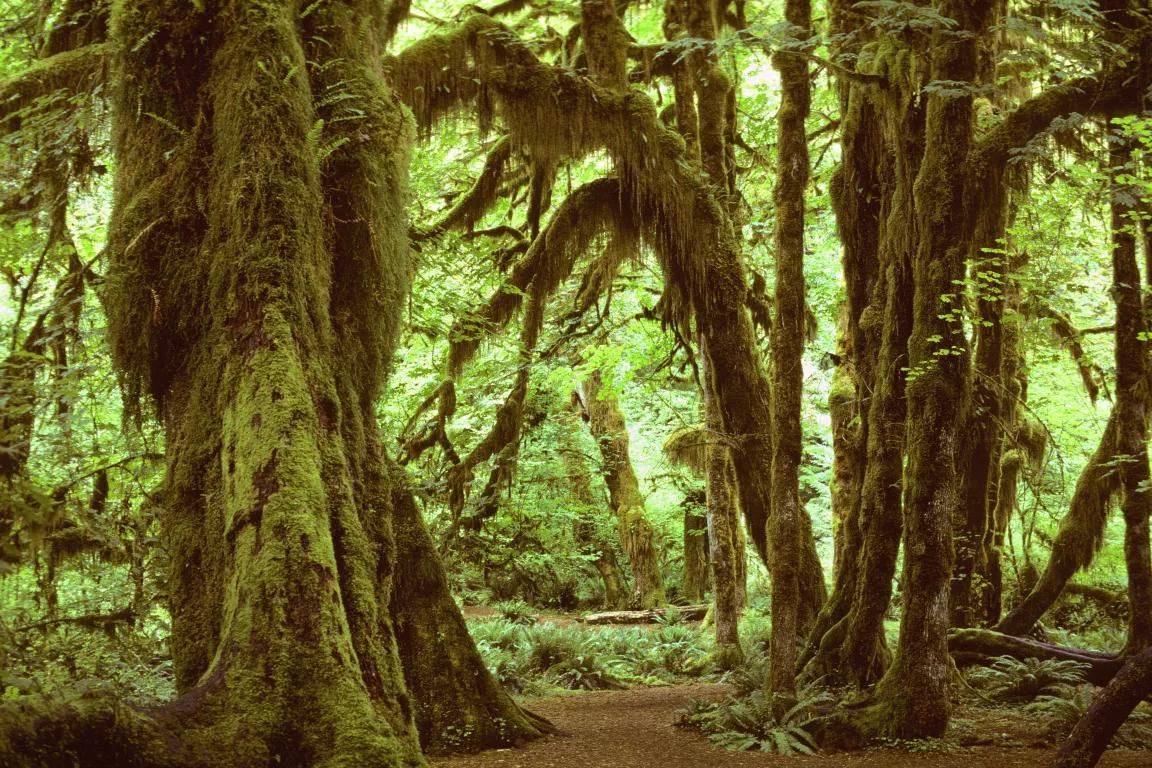
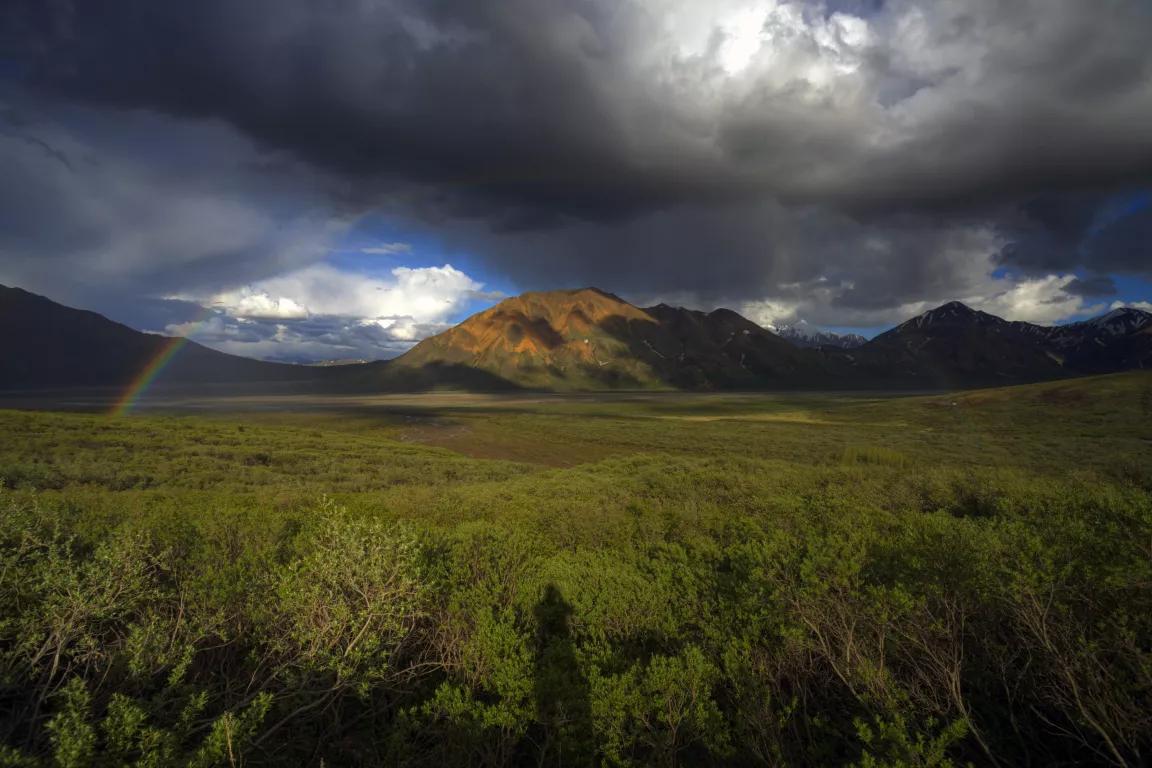
A Trailblazer for Tribal Sovereignty
Five Indigenous Poets Explore Loss and Love of their Native Lands
Grandma’s Garden: A Place of Resistance, Abundance, and Black Environmental Memory